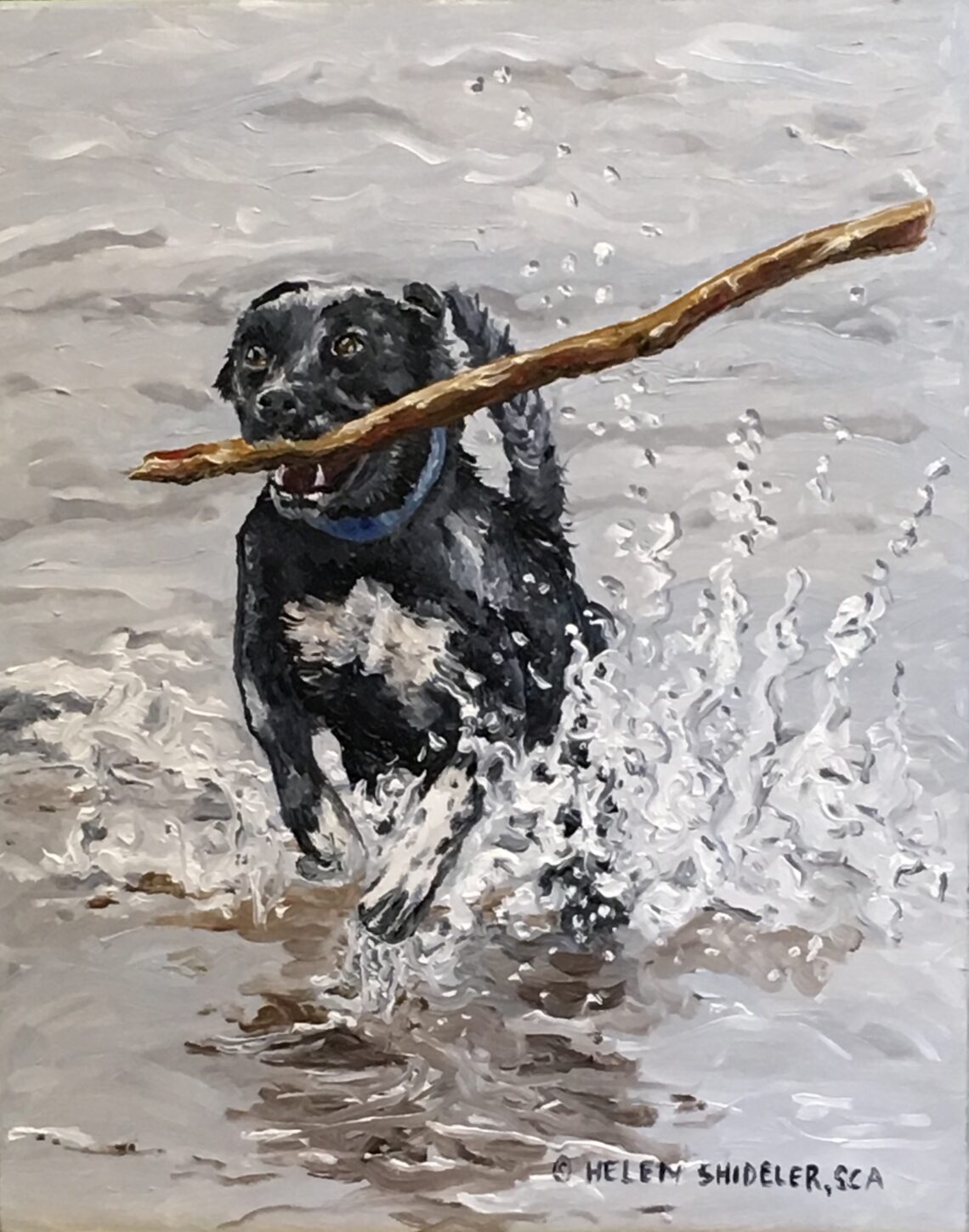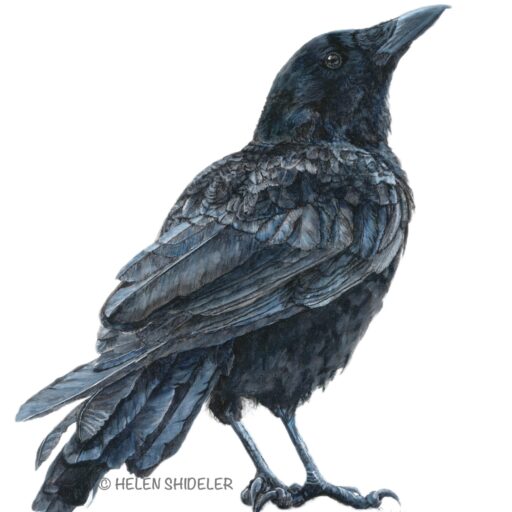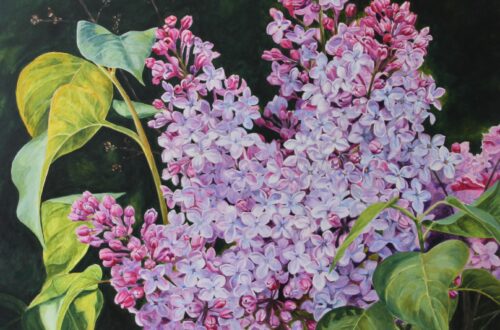
Fetching Fun and a bit of trouble
So I got myself into a bit of trouble with this one
Knowing that oil and water don’t mix – right? And the hazards of painting when slightly exhausted. Change of pace I thought I would get started painting this little 8 x 10” oil. It presented a rather nice diversion from the large white lilac waiting over my shoulder.
I organized may paint. Squeezed out the right amount of luscious oil paint. Then I proceeded to paint. With this type of painting I generally start with the background first. That way the fur that is blowing in the wind is on top of the background paint rather than blocked in around it. This helps to make the painting look alive and suggest movement. One of the benefits of painting tired is that I was not too caught up in the details of the fur and water but rather the movement of the water. This allowed for looser, flowy handling of the paint.
The trouble starts
Soon it was time to add in some more colour. Bailey’s collar. Bailey’s tongue. And the white-ish patch on his chest. I squeezed out some more paint but found that the paint was drying far too quickly. I muttered about the mini-split heater above my head speeding up the drying time. The paint was even getting funky on my palette.
Oh Helen, Helen, Helen
I continued to paint on, muttering about it as I went. When all of a sudden it occurred to me that the second series of paint I squeezed came from a different location! Drat! For the second round I grabbed my acrylics not my oils. And I even keep my oils and acrylics on different areas of the studio so this would not happen! Face palm! Was this a disaster? Did I already say drat? Had to rationalize this.
A few thoughts:
You can paint oil paint over acrylics My oil paints are water mixable Acrylic paints are also water mixable I mixed my acrylic paint into my oil paint Disaster averted?
Lessons Learned?
Separating my supplies seems so logical to me. My foolproof plan translated to proof of a …..






